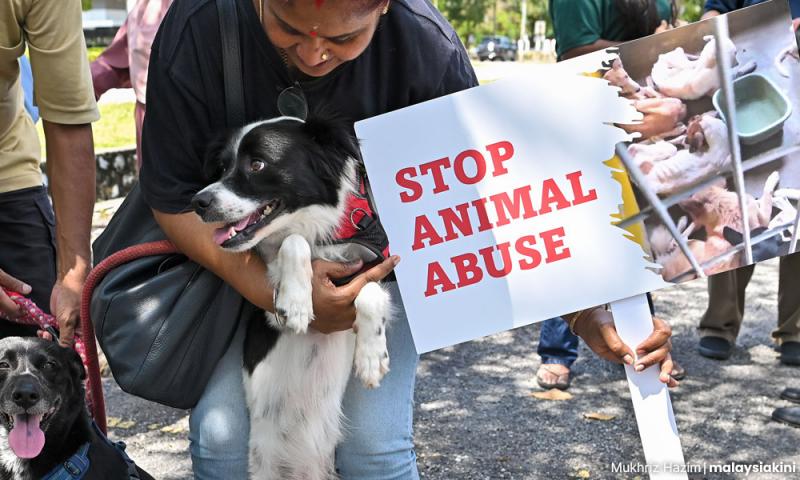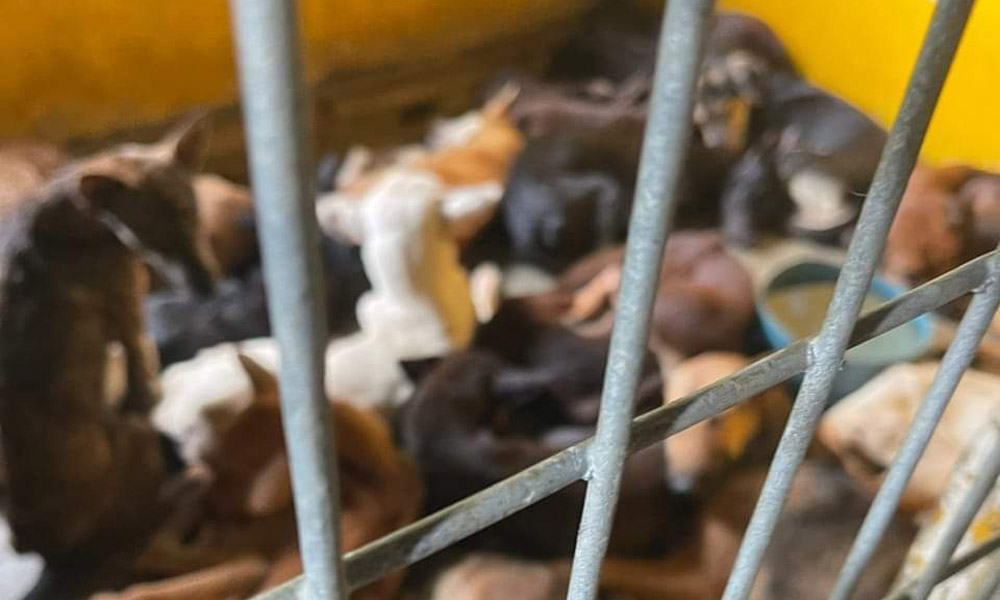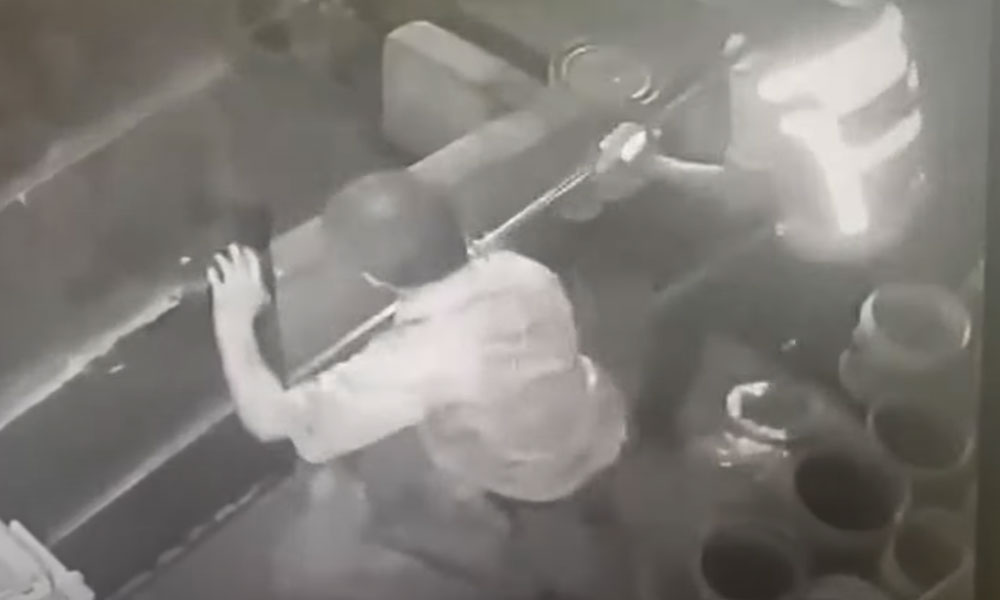
Andrew Sia
COMMENT | Eight cats. I once had a neighbour who never bothered to neuter his pets, so they kept multiplying. They often left their stinking “bombs” in my terrace house garden and driveway.
When I came home, I dreaded that signature stench. Darn, where had the pesky cats unloaded this time? I had to go around with a spade, looking for the offending source to bury it.
I tried all kinds of cat repellents - coffee grounds, orange peels, pepper etc. I even added chicken coop wire to my gate and all along my fence. It was futile. The cats just climbed over and continued their “business”.
I was not alone. My friend living in a middle-class apartment has had to watch out for cat “landmines” everywhere, including corridors. Apart from the noxious smell, cat poop can also cause a nasty parasite infection called toxoplasmosis. And cats also destroy local bird populations.
But do we ever see any official action to curb the negative effects of cats?
Local council cruelty
Contrast this to dogs. While local councils are often slow to patch up potholes, they seem extra efficient when acting on complaints against canines.
Have any cats been killed in “drive-by” shootings? Yet this is how four stray dogs were “terminated” in November 2021 in Perak by Kampar district council officers.
Did the officers feel like they were acting out some Arnold Schwarzenegger movie role?
When this became a court case, the local council claimed that its officers shot the dogs as they were “aggressive” and had “bared their fangs” at them. Imagine if cats had hissed, growled and showed their fangs when confronted by the officers… and this then was used as “justification” to shoot them.
I’ve seen dogs getting shot by local council officers before. It’s not as if these guys are super sharp marksmen who can instantly kill a dog with a shot to the head or heart.
Often, they hit the legs or stomach… and the poor creature then runs off howling to hide somewhere, doomed to a slow, painful death. It’s a horrible scene.
After public outcries, dog shootings have been replaced (except in Kampar?) with the more “humane” method of catching them by the necks with nooses attached to long poles. But have we ever heard of cats being caught with such nooses after residents’ complaints?
COMMENT | Eight cats. I once had a neighbour who never bothered to neuter his pets, so they kept multiplying. They often left their stinking “bombs” in my terrace house garden and driveway.
When I came home, I dreaded that signature stench. Darn, where had the pesky cats unloaded this time? I had to go around with a spade, looking for the offending source to bury it.
I tried all kinds of cat repellents - coffee grounds, orange peels, pepper etc. I even added chicken coop wire to my gate and all along my fence. It was futile. The cats just climbed over and continued their “business”.
I was not alone. My friend living in a middle-class apartment has had to watch out for cat “landmines” everywhere, including corridors. Apart from the noxious smell, cat poop can also cause a nasty parasite infection called toxoplasmosis. And cats also destroy local bird populations.
But do we ever see any official action to curb the negative effects of cats?
Local council cruelty
Contrast this to dogs. While local councils are often slow to patch up potholes, they seem extra efficient when acting on complaints against canines.
Have any cats been killed in “drive-by” shootings? Yet this is how four stray dogs were “terminated” in November 2021 in Perak by Kampar district council officers.
Did the officers feel like they were acting out some Arnold Schwarzenegger movie role?
When this became a court case, the local council claimed that its officers shot the dogs as they were “aggressive” and had “bared their fangs” at them. Imagine if cats had hissed, growled and showed their fangs when confronted by the officers… and this then was used as “justification” to shoot them.
I’ve seen dogs getting shot by local council officers before. It’s not as if these guys are super sharp marksmen who can instantly kill a dog with a shot to the head or heart.
Often, they hit the legs or stomach… and the poor creature then runs off howling to hide somewhere, doomed to a slow, painful death. It’s a horrible scene.
After public outcries, dog shootings have been replaced (except in Kampar?) with the more “humane” method of catching them by the necks with nooses attached to long poles. But have we ever heard of cats being caught with such nooses after residents’ complaints?

Have cats been dragged by the neck over gates? As was done to a poor dog in February in Kulim, Kedah?
Have cats been noosed until their mouths bled, as inflicted on a dog last August in Klang?
Are stray cats caught and then crammed into dilapidated local council pounds? And then left to starve to death as was done to dogs at the Kuala Langat Municipal Council (MPKL) in Selangor in January?
These latter three cases hit the news after being captured on video. What about all those which were not filmed?
Victimising the victim
What if seven council officers had come to snatch away the pesky cats of someone like my neighbour? Let’s say he’s a 69-year-old man who loves his pets. Of course, it would be natural for him to protect them, for example by herding them into his house compound.
Now imagine, as he tries to close his gate, the cat catchers rough him up. They try to push into his house and hit him with the long pole. The incident is caught on CCTV and the videos go viral, provoking public outrage. But instead of punishing the officers for using excessive force, the police instead charge the old man for “obstructing public officials”.
Of course, such a scenario is unimaginable for cats in Malaysia. But for dogs, sorry to say, it is exactly what happened to Patrick Khoo, aged 69, when Petaling Jaya city council (MBPJ) officers came to nab some dogs in his area.
Were such ruffian tactics necessary? Why not just issue a fine? Were the officers guilty of assault? How about trespassing on private property? In the videos, it’s clear that the officers behaved aggressively and rudely towards Khoo.

This is not very “madani” or “civilised” behaviour at all, especially towards an old man whose only “crime” was that he cared for some strays. What if Khoo was an American? It would have become world news.
To now charge him in court is equivalent to adding insult to injury. It’s victimising the victim. It’s the Little Napoleons declaring: “We hold the power, how dare you question us?”
And the leaders of the three local councils mentioned here - Klang, MPKL and MBPJ - are all appointed by the Selangor state government under Pakatan Harapan. I had expected better from them. This again shows the urgent need for a local council election.
Two Malaysias
Of course, I am not saying that because some are cruel to dogs, we should be cruel to cats too. We should be kind to both, indeed to all animals.
Yes, dogs can cause problems. But so can cats. However, as with all things in this country, there are double standards in this issue.
While the number of dogs per house is limited by local councils, how could my neighbour have eight cats? And he could always claim that they were strays because cats are not required to get licences. It’s a social rule that dog owners should clean up their pets’ poo. But do cat owners do this?
My friend C Das laments, “Local councils like Shah Alam intimidate dog owners into confiscating their pets whenever complaints are made. Even if the dog is licensed and has been with them for years. But council officers usually don’t even investigate if the complaints are valid, which they should by law.”
It’s a ‘Tale of Two Malaysias’, where one group’s “sensitivities” seem to get more priority, while what is dear and precious to another group is disregarded.
As George Orwell wrote in his satirical novel ‘Animal Farm’: “All animals are equal, but some animals are more equal than others.”
After the MPKL starving of dogs was exposed, (former) Malacca chief minister Sulaiman Md Ali ordered animal shelters in the state to be inspected.
"It’s not the way to treat God’s creations,” he said.
The Tengku Permaisuri of Selangor also pointed out that the standard operating procedures at animal detention centres in the state must be reviewed.
"There should not be a video showing the dogs as if they were mistreated, neglected and unmanaged," she said.
She recommended that every district should have animal welfare officers working with animal lovers to encourage the spaying (neutering) of abandoned animals.
Indeed, dog advocacy groups have advocated the trap-neuter-release-manage method for strays, which has proven to be effective in Istanbul, Turkiye. This is where street dogs are neutered, vaccinated and fed daily.
It’s time to stop the prejudice and phobia against dogs (and their owners). Instead, it’s time for a more compassionate approach to our canine friends. This should be the madani or “civilised” way forward.
ANDREW SIA is a veteran journalist who likes teh tarik khau kurang manis. You are welcome to give him ideas to brew at tehtarik@gmail.com

Why are dogs treated differently from cats under bylaws governing strays ?
ReplyDeleteYou want the scientific public health reason or the race and religion polemic ?
Race and Religion. -because the majority race considers dogs "unclean" and strays be destroyed under any pretext. Needless the say the local authorities enforcement officials are overwhelmingly of "a certain race".
The public health reason is dogs are a known vector for rabies, still today a deadly disease, while cats are not.
There are no local government bylaws requiring the compulsory licensing of pet cats, but there are for pet dogs.
So there is such a thing as an "illegal dog'" but not for cats.